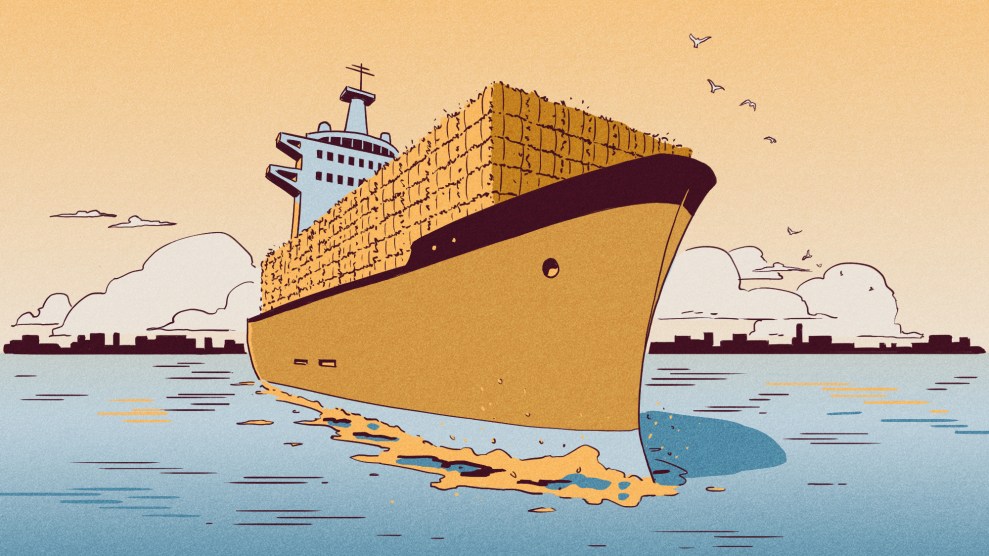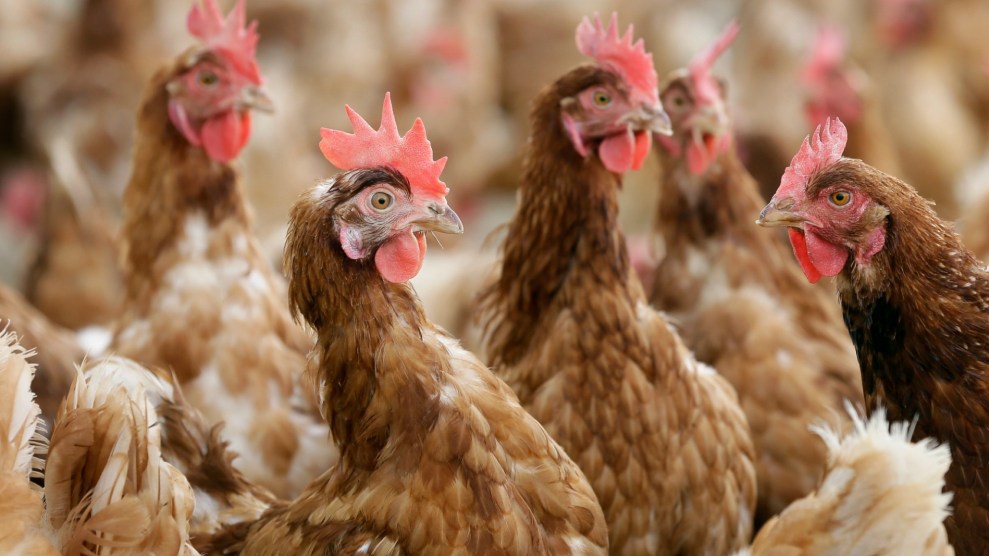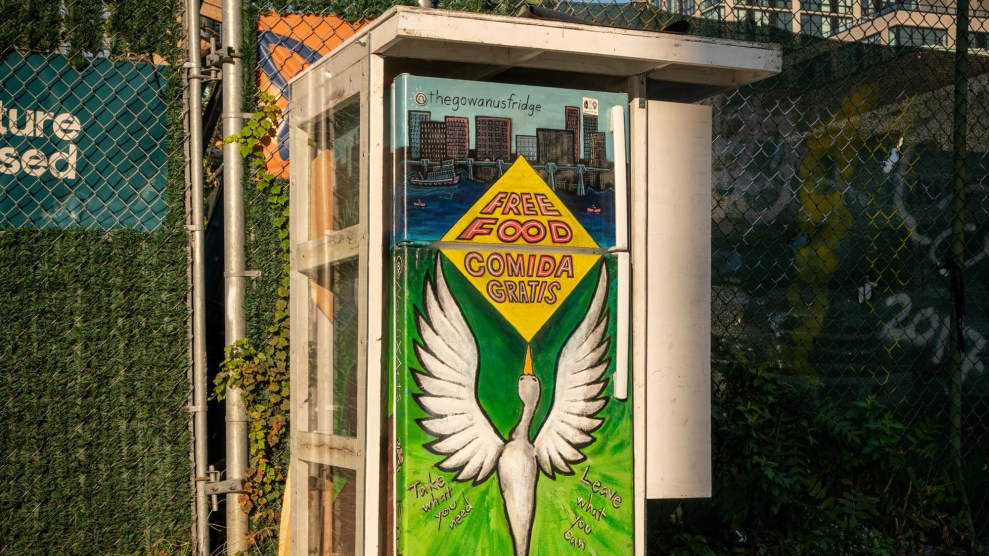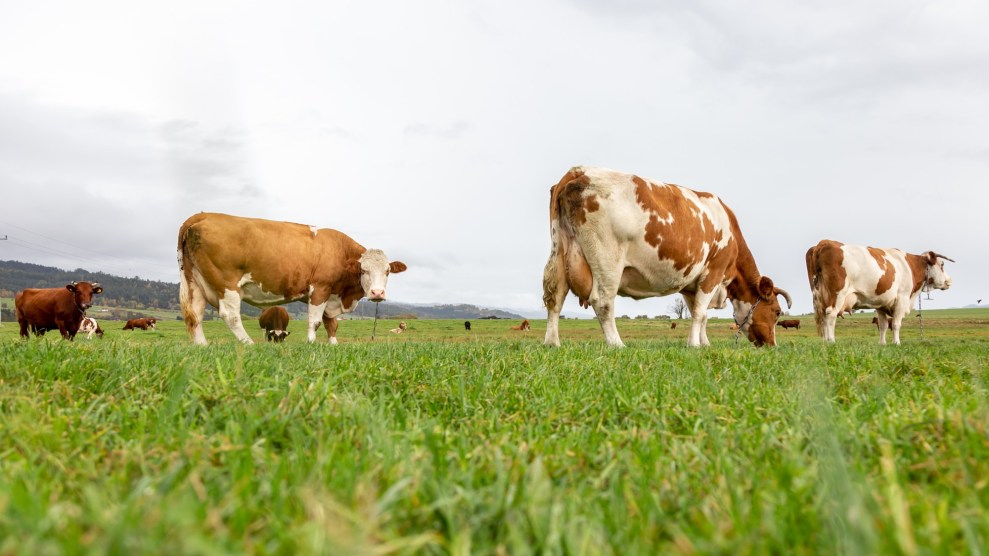Yesterday the New York Times’ Home & Garden section finally addressed the story that the White House press corps has dared not bespeak: The possibility that sewage sludge fertilizer has contributed lead and other toxins to the soil in the President’s vegetable garden.
A few months ago, it was the quaint Garden section that casually broke the news that the White House garden, which had been created by Michelle Obama to the delight of local and organic food advocates, contained 93 parts per million of lead–a level that is higher than natural background levels but not dangerous. The piece led me to wonder if sewage sludge fertilizer, which had been applied to the South Lawn in the past, could be one cause of the lead contamination. That post created a frenzy in the blogosphere as some people made ridiculous claims that the Obamas were poisoning themselves.
Lost in the obsession over lead levels (which the White House now says have been reduced to an extremely low 14 ppm) was much of any discussion about why people should be concerned about eating produce from land applied with sludge. So the Times deserves credit for acknowledging the issue, even if its reporting was surprisingly cursory and a bit misleading.
Taking issue with my claim that sludge was used on the White House lawn for at least a decade, the Times quoted retired White House gardener Irv Williams, who said it was applied only once, in 1985. When I originally reported on sludge, I had left multiple messages with the White House press office trying to reach Williams or anyone else with the gardening staff, but none of them were returned. So instead, I relied on several stories about sludge and the White House from the ’80s and ’90s. In 1988, the Washington Post reported that ComPRO was used on the South Lawn “last August.” If that’s true, then Williams’ memory is a bit unreliable. A decade later, the Post reported that ComPRO was being discontinued and that Williams was none too pleased about this. “Meanwhile, along Pennsylvania Avenue, the grounds crew at the White House is preparing for life after ComPRO,” the Post reported. “Irv Williams, who has taken care of the White House grounds for 38 years, said they will make due, even though ComPRO has helped the South Lawn.” Around the same time, an EPA official told the New Scientist: “The Clintons are walking around on poo, but it’s very clean poo.” In short, if sludge had long ago been discontinued at the White House, it certainly wasn’t the impression being conveyed by government officials.
Why could that be? One reason could be that the EPA was very keen on using the White House example as a PR tool for the selling of sludge to home gardeners and agricultural America. So it’s ironic that the spin now seems to have changed directions. In an apparent attempt to counter my message that sludge use by the government was common, the Times added, “And in 1994 President Bill Clinton sent a directive to government agencies telling them to start using environmentally friendly practices for landscaping government grounds, like reducing the use of toxic chemicals.”
Really? Then how do you explain what Williams told the Post in 1999, when asked how he would replace ComPRO: “We’ll do the same thing we did before we got it–use grass clippings that decompose and regular commercial fertilizer (my emphasis). More to the point, in September, 2007, the EPA adjusted its government procurement standards for the “landscaping products” category to specifically include “compost made from recovered organic materials,” including “compost made from biosolids” (the EPA’s term for sludge). The standards recommend that government agencies use only compost that meets this definition.
So contrary to the impression conveyed by the Times, it’s pretty safe to assume that sludge–with all of its flaws–is still in wide use by the government. At least the paper’s gardening section isn’t parroting the of Post‘s “Ornamental Gardener” column of the late ’80s, which described ComPRO as “attractive, hummuslike and easy to handle” and conducive to “ideal conditions for healthy root growth.” Instead, the Times reports that good sources of organic matter for gardening include “composted leaves, non-acid peat, and well-rotted manure.” But sludge? Don’t hold your breath.














